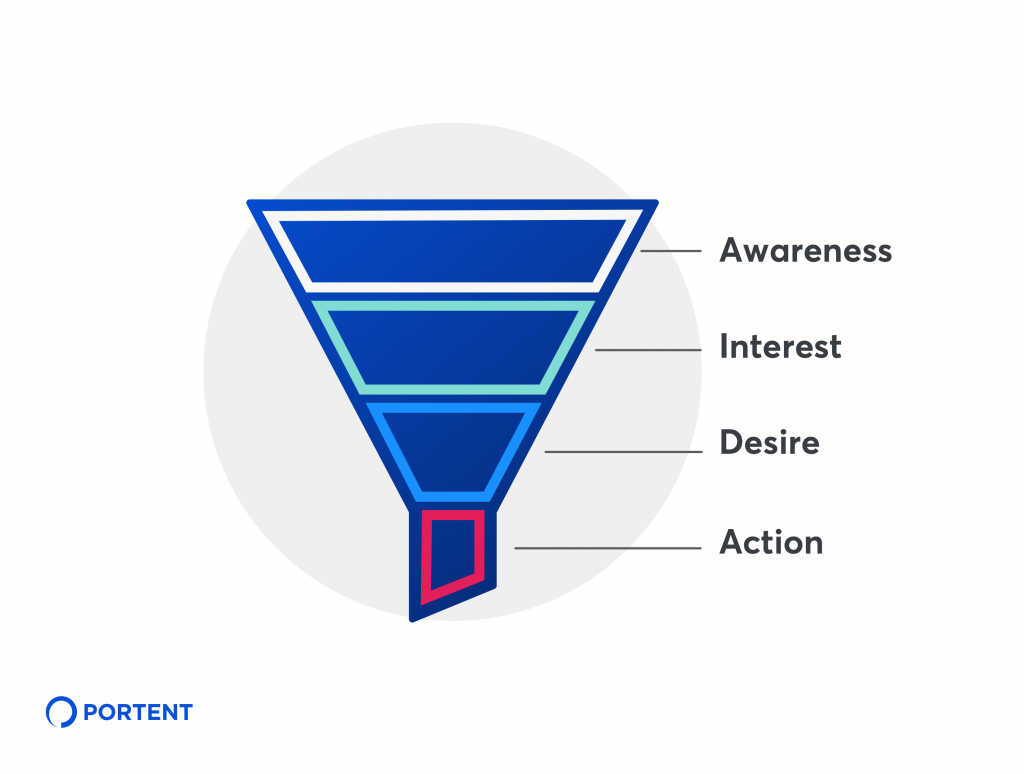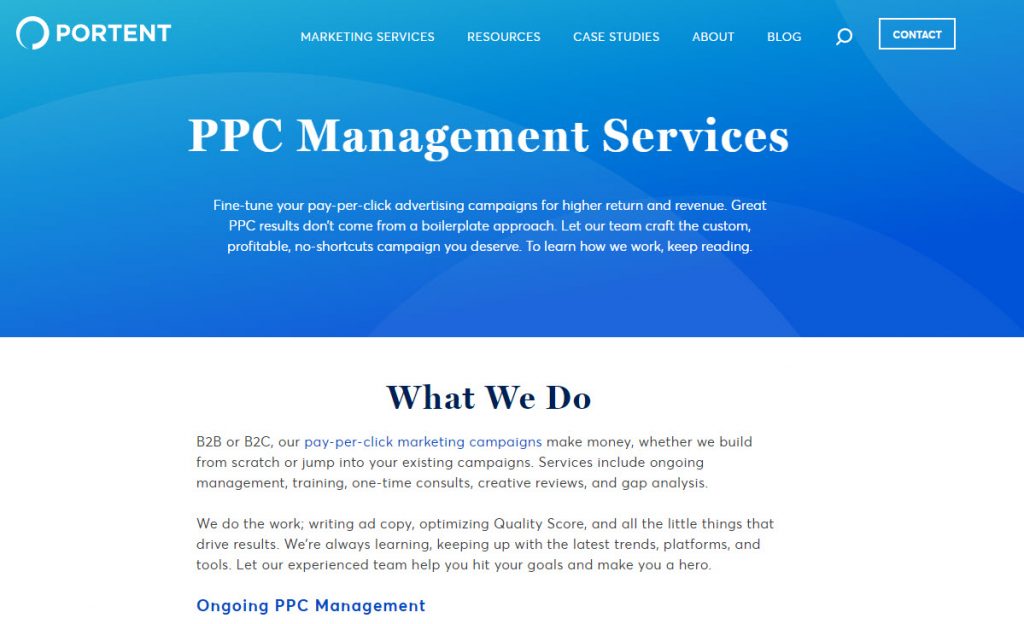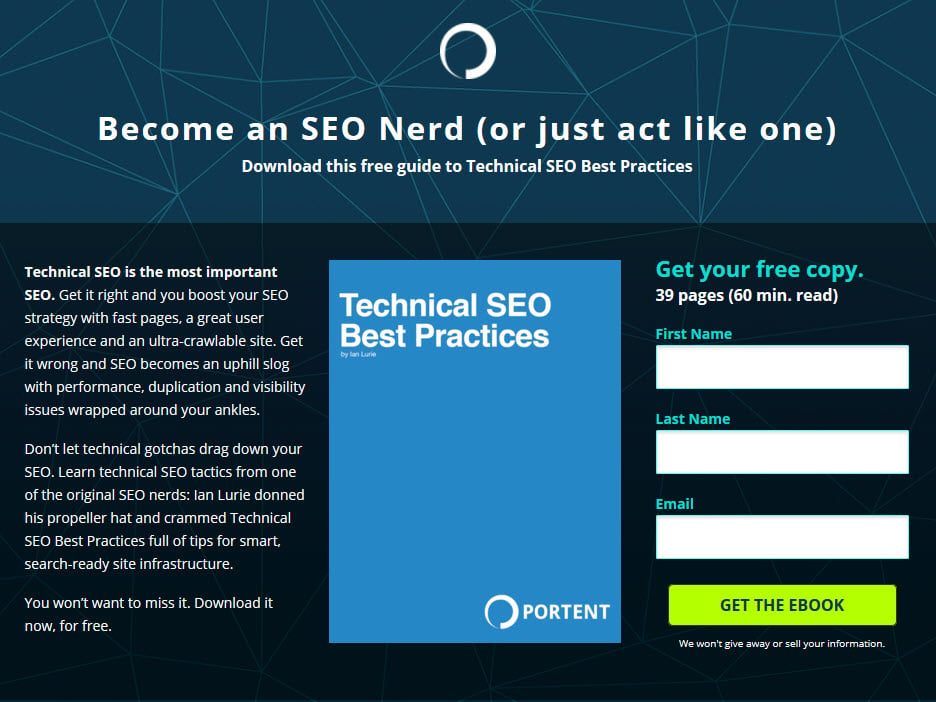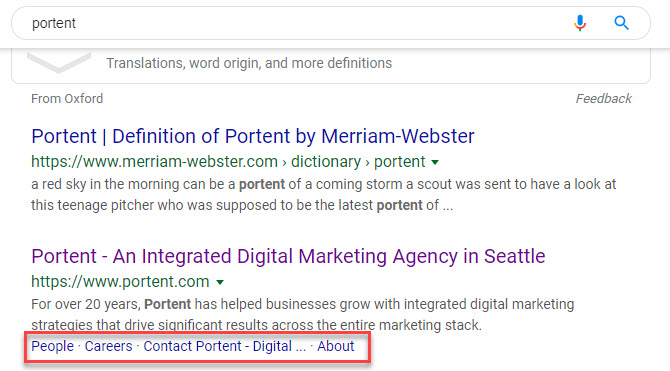
When it comes to digital marketing, too many people consider “search” to be one big bucket. Search engine optimization (SEO) and pay-per-click (PPC) marketing both have to do with search engine results pages (SERPs), so they can be grouped together and treated the same. Right? Seems rational.
NB: This is an article from Portent
But, here’s the thing: that assumption is a huge mistake.
Both SEO and PPC impact search results users see, but they are two very different strategies and should be treated differently as such. I want to take a few minutes to discuss the differences between these two tactics, how they affect each other, and how they can work together effectively. And, since we’re talking about search specifically, we will focus only on paid search ads when referring to PPC to draw more succinct comparisons.
The Main Differences Between SEO and PPC
Besides the basic definitions of each of these tactics – SEO impacting organic listings on a SERP and PPC generating paid listings – there are four key differences as to why these two need to be treated separately.
1. Impact on the Marketing Funnel

SEO takes into account the entire marketing funnel. If your site has quality content which serves as a good introduction to new users at the top of the funnel, you address these pages to get them to rank more often for relevant search queries. Likewise, you also address hub pages and/or category pages that impact mid-funnel users, and pages which are designed to get low-funnel users to convert.
On the other hand, PPC is primarily concerned with low-funnel users who are more ready to convert and generate value. If you’re going to spend money on getting users to click through to your site, you don’t want to waste that investment on search queries or users that are less likely to buy from you. Ensuring PPC is done profitably means taking advantage of the bottom of the funnel.
2. Landing Page Environments
SEO strategies typically encapsulate (nearly) an entire website. Tactics can impact a website’s architecture and influence content on hundreds or thousands of pages. Each page, its components, and its relationship with other pages have the potential to impact organic search visibility and rankings. Therefore, they are factors that an SEO strategist needs to take into consideration. The screenshot below shows Portent’s organic landing page for PPC Management Services.

PPC strategies, on the other hand, focus on more confined landing page environments and typically utilize less on-site content. If the goal of a paid search strategist is to get users to click through an ad and convert, it makes sense to narrow a user’s path to generating a conversion by removing distractions, obstacles, and opportunities to navigate away from the conversion funnel. In contrast to the organic landing page shown above, the image below shows a custom landing page created for a PPC campaign promoting our Technical SEO Ebook. It includes specific content, fewer distractions, and a clear CTA to download the PDF.

3. The Importance of Links
To an extent, organic rankings and impressions depend on the strength of a website’s backlink profile. The number of domains linking to a particular page and the authority of these domains have a huge impact on SEO.
Links and backlink profiles have no impact on PPC. Advertisers can control which landing page URL is used for any given ad regardless of how “strong” it is organically. In fact, a common tactic for many PPC accounts is to use landing pages hosted on a sub-domain or a separate part of the main website, which is not indexed and not crawled by search engines. That way, these pages can be lighter on content to narrow the user’s focus and not compete with other pages on the main domain, which have more robust information.
4. Appearance on the SERP
SEO strategists can execute tactical changes like adjusting title tags to influence what’s shown on an organic listing. However, there’s some degree to which an SEO strategist can’t control exactly what’s displayed on a SERP (e.g., sitelinks).

While Google or Bing may test different SERP layouts and how much of a text ad is displayed (e.g., one or both description lines), a PPC strategist has more direct control over what exactly is shown on a SERP when an ad generates an impression. Even when it comes to additional extensions which show alongside a text ad, advertisers dictate what content is used or eligible to be shown.
How SEO and PPC Affect Each Other
Now that you understand some of the main ways SEO and PPC differ from one another, let’s discuss how they can have an impact on each other. After all, since both areas affect search results, there is bound to be a natural effect between the two.
Regarding one’s business strategy, a user is more likely to click through to your site if there are multiple opportunities to do so on a SERP. This is a logical result of taking up more space on a SERP with more than one listing. When both an organic and a paid listing show up in response to one user’s search query, your business has greater potential to benefit from that action. So, from a business sense, this is a good thing. However, traffic and conversion metrics may be impacted differently when looking at either SEO or PPC results in a vacuum.
Over the past year, Google has made paid listings more prominent at the top of SERPs across all device types. This has resulted in greater paid search impression volume and click volume (as well as increased revenue for Google). And because organic listings have been pushed down lower on SERPs, traffic volume from organic search has diminished in some cases.
By focusing on these trends independently from one another, you might conclude that “SEO is doing poorly” when, in fact, it might be just fine. This isn’t to say this search marketing trend is good or bad; it is simply important you understand this trend may cause PPC and SEO metrics to affect one another.
Furthermore, an SEO strategist also looks for opportunities to improve on-site usage metrics like site speed, average time on page, and bounce rate. Improving these metrics is known to improve organic search rankings, but it also benefits paid search campaigns as well. Google takes these things into account when assigning quality scores (e.g., landing page experience), which can, in turn, improve impression and click volume at static cost levels. This goes to show that SEO tactics can have an impact on PPC performance as well.
How SEO and PPC Can Work Effectively Together
You understand how SEO and PPC are different from one another and what effects they can have on each other. Now, here comes the most important question you can ask: how can they work together in one coherent digital marketing strategy?
Any website will typically have a set of category or hub pages. These are used to organize pages and content in a logical and user-friendly manner. Some of these pages will likely perform better or be more visible than others in organic search listings. Identifying which of these category pages perform well can inform your PPC strategy as to what search campaigns you should include in your paid search strategy.
Furthermore, the organic strength and on-site success of pages within any given hub or category can also be used to build retargeting audiences that PPC advertisers can use within their search campaigns. You can bid higher on only those users who are still searching for relevant terms in hopes you’ll generate an ad impression at the top of the SERP, get them to click through, and convert.
The organic strength for certain search terms might also influence which paid search campaigns get more budget. For example, if an expensive and competitive campaign is struggling to produce results in your PPC account but SEO traffic from these terms is strong, a PPC strategist could divert dollars to other campaigns, which might provide better conversion metrics. In the end, SEO and PPC strategies work together to produce more potential overall conversions to the business as a whole.
Lastly, paid search accounts have access to search query reports which can inform your SEO keyword strategy. These PPC reports show what users are actually searching for and how strong click-through rates are for these particular terms. This can help drive your entire on-site content strategy, allowing you to create or update pages that speak to the most relevant and prominent search query trends.
What You Can Do Next
Are you still treating SEO and PPC as if they’re the same thing? Just because “they’re both search” doesn’t mean they work toward the same ends. Look at your key performance indicators for each of these areas and measure them based on what each should be achieving. Make sure you have a sound strategy for each that is both tailored toward its corresponding purpose and compatible with the other.




